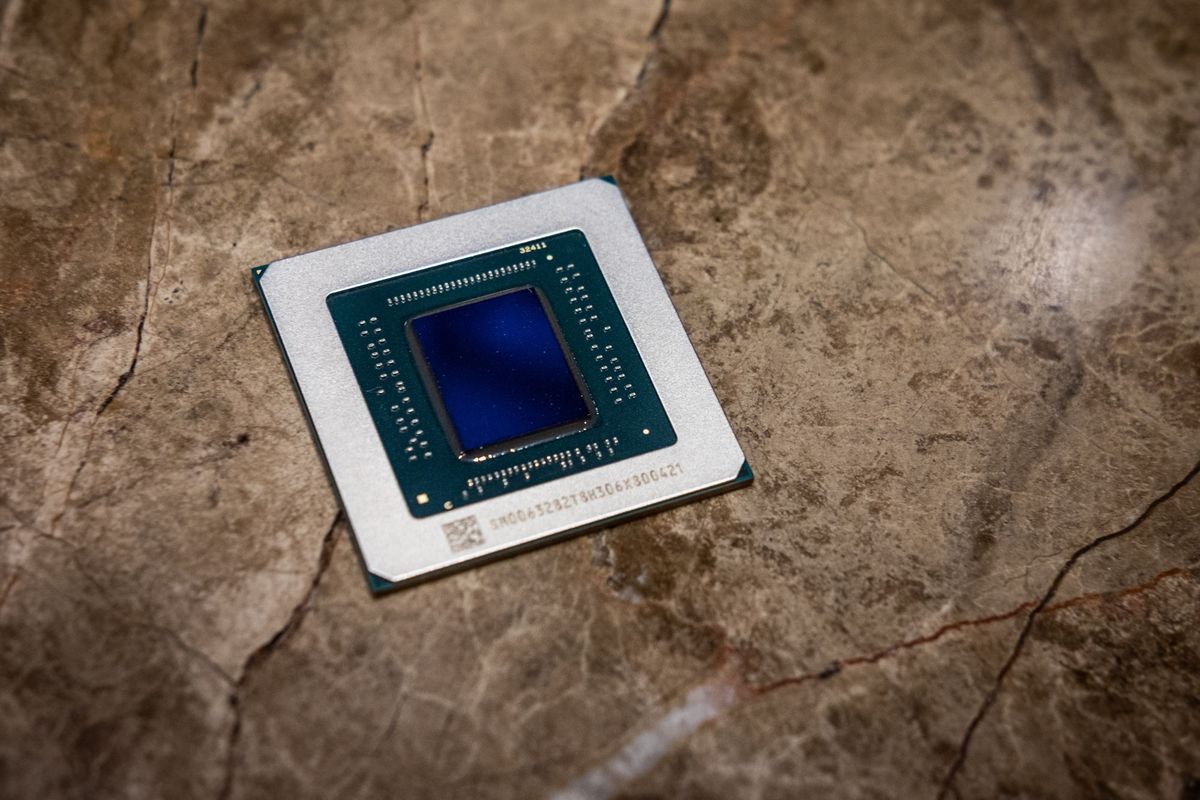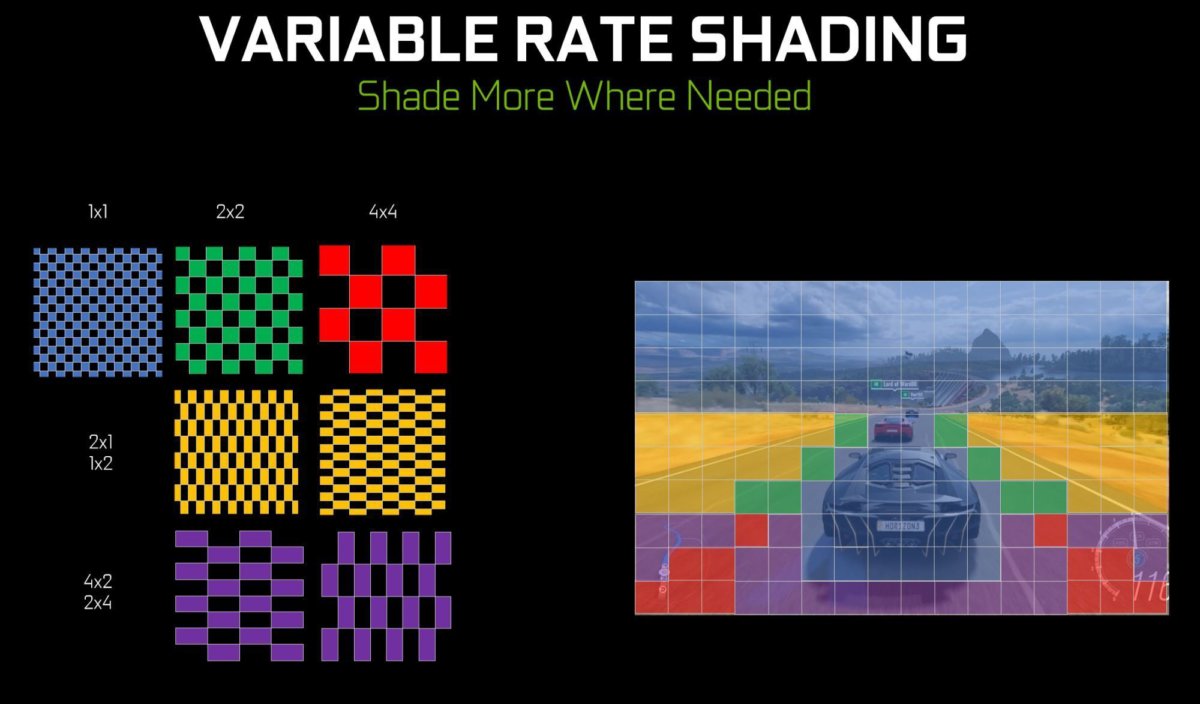Microsoft pulled back the curtain on more Xbox Series X specs this morning, and well, it looks like a beast. Clocking in at a whopping 12 teraflops, the integrated Radeon graphics inside Microsoft’s next-gen console packs more raw compute power than AMD’s current discrete graphics card champion, as the Radeon RX 5700 XT tops out just shy of 10 TFLOPS. That’s damned impressive.
This ain’t ConsoleWorld though, so we aren’t going to dive that deeply into the latest tease. But there’s a juicy nugget for us PC gamers in Microsoft’s reveal, too: Xbox chief Phil Spencer confirmed that the AMD chip powering the new console will deploy AMD’s RDNA2 graphics architecture. RDNA2 is the successor to the first-gen “Navi” RDNA GPUs inside the current Radeon RX 5500 XT, Radeon RX 5600 XT, and Radeon RX 5700 XT graphics cards, and AMD CEO Lisa Su has already said that RDNA2-based GPUs will hit the streets later this year.
The bespoke RDNA2 graphics chip inside the Xbox Series X probably won’t fully align with what we’ll find in the discrete graphics cards, but the underlying capabilities are likely to make it in.
 Gordon Mah Ung/IDG
Gordon Mah Ung/IDGThe Radeon RX 5700’s first-gen RDNA “Navi” GPU.
Here are some new features we’d expect to see in AMD’s next-gen Radeon graphics cards, courtesy of Microsoft’s reveal:
Real-time ray tracing: No surprise here. While real-time ray tracing is currently only supported by Nvidia’s GeForce RTX 20-series graphics cards, which pack dedicated hardware for the task, both Microsoft and Sony have promised to support the cutting-edge lighting technology. The Xbox Series X announcement reiterates the fact, and at CES, Lisa Su confirmed that AMD will release graphics cards with ray tracing sometime in 2020.
DirectX Raytracing: Here’s another no-brainer. The latest Xbox Series X tease confirmed that the console’s ray tracing will use Microsoft’s DirectX Raytracing API, which builds atop DirectX 12 in Windows 10. In other words, ray-traced games created for the Xbox Series X should easily support the technology on Windows as well. Yay!
Variable Rate Shading: This is cool and key to potentially unlocking much faster gaming performance with little or no impact on image quality. Nvidia introduced Variable Rate Shading in its latest GeForce GPUs, and the technology has since been enshrined in DirectX itself, similar to ray tracing. It’s great to see the technology coming to Radeon graphics chips as well.
 Nvidia
NvidiaHere’s how we described Variable Rate Shading in our Nvidia Turing GPU deep dive:
“Variable rate shading is sort of like a supercharged version of the multi-resolution shading that Nvidia’s supported for years now. Human eyes only see the focal points of what’s in their vision at full detail; objects at the periphery or in motion aren’t as sharp. Variable rate shading takes advantage of that to shade primary objects at full resolution, but secondary objects at a…
https://www.pcworld.com/article/3528861/what-the-new-xbox-series-x-specs-tell-us-about-amds-next-gen-radeon-graphics-cards.html#tk.rss_all
